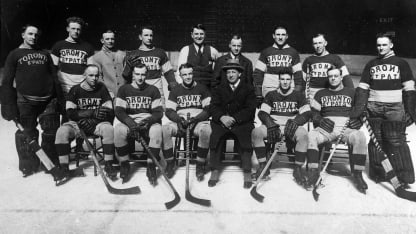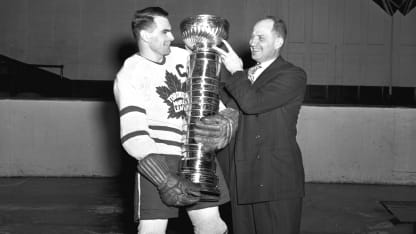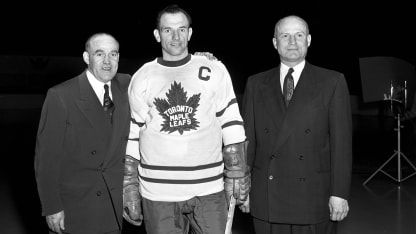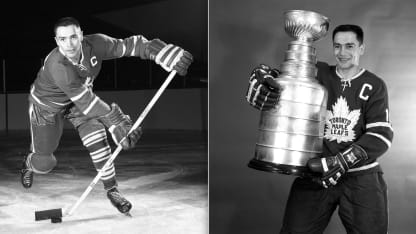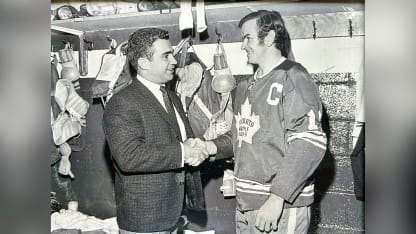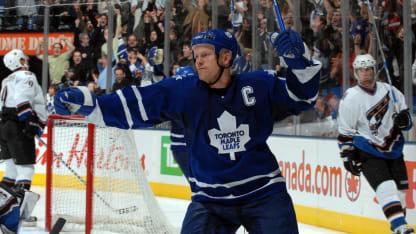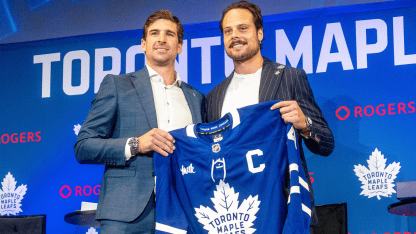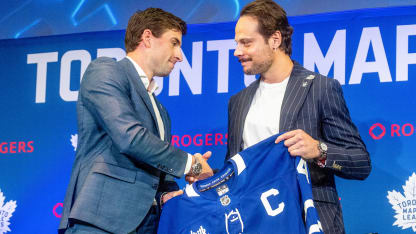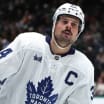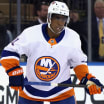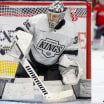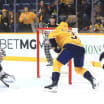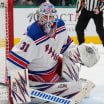By Auston Matthews standards -- indeed, by any standard -- the naming of Ken Randall as the first of 26 captains in Toronto Maple Leafs history was small-print news.
"Randall To Captain The Toronto Pros," the Toronto Star headlined a story published Dec. 10, 1917.
The single paragraph report accurately predicted that the 5-foot-10, 180-pound veteran from Kingston, Ontario, would be named captain of the team for the NHL's inaugural 1917-18 season, also serving in that role in 1918-19.
In fact, the franchise wouldn't be named the Maple Leafs until 1927. It was first known as the Torontos or Arenas, then the St. Patricks, before Conn Smythe bought the team, rebranded it with its current name and built Maple Leaf Gardens as its home.

